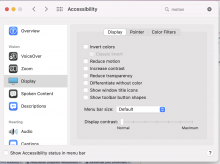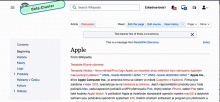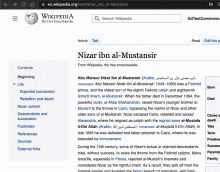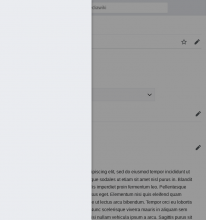prefers-reduced-motion media query sees increasing operating system and browser support and should be taken into account for all user-interface transitions and animations to address people with vestibular disorder needs (global estimation of around 70 million people).
Possible implementation paths
- Adding a core style module that is either loaded by default or as an opt-in for skins and by default by installer(?)
- Adding a specific CSS class to body as core functionality when user hasn't set @media screen and (prefers-reduced-motion: reduce);
- Just relying on media query (as Less mixin) on every relatively big movement, mismatched direction or spatial distance animation/transition
Prior work
This has been discussed before in context of
- MobileFrontend T234570#5784464
- Vector T246419 and https://gerrit.wikimedia.org/r/#/c/mediawiki/skins/Vector/+/599431/ on sidebar animation
External references
- https://animate.style/ (see the section labeled "Don't disable the prefers-reduced-motion media query")
QA
On OSX
- Click reduce motion checkbox in accessibility system preferences
- Visit a page as a logged in user and scroll down so the sticky header appears
- Expected - sticky header appears instantly without animation
- Untick the reduce motion checkbox
- Visit a page as a logged in user and scroll down so the sticky header appears
- Expected - sticky header appears with animation
QA Results - Beta
| AC | Status | Details |
|---|---|---|
| 1 | ✅ | T254399#7901742 |
| 2 | ✅ | T254399#7901742 |
QA Results - Prod
| AC | Status | Details |
|---|---|---|
| 1 | ✅ | T254399#7919414 |
| 2 | ✅ | T254399#7919414 |





